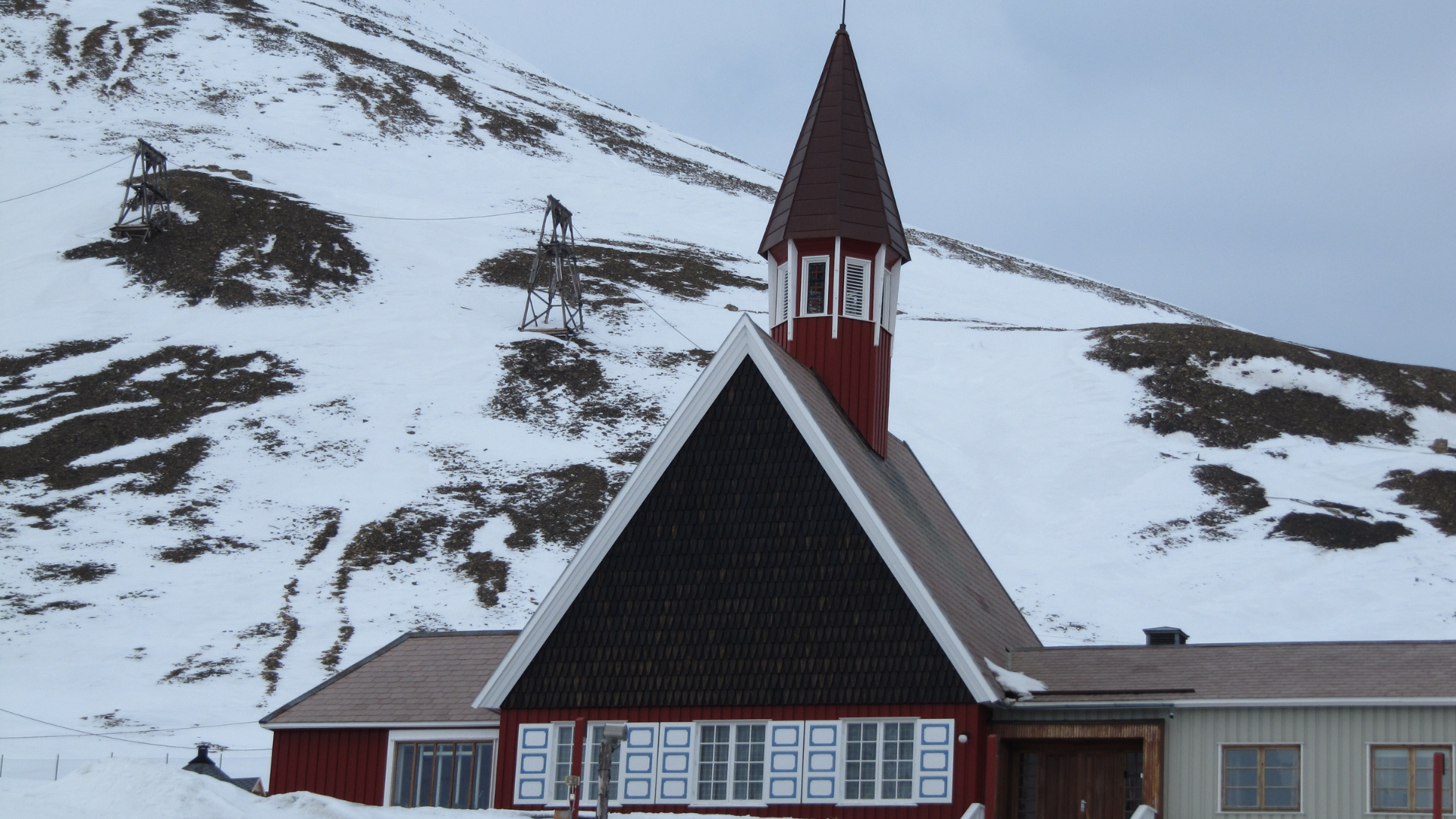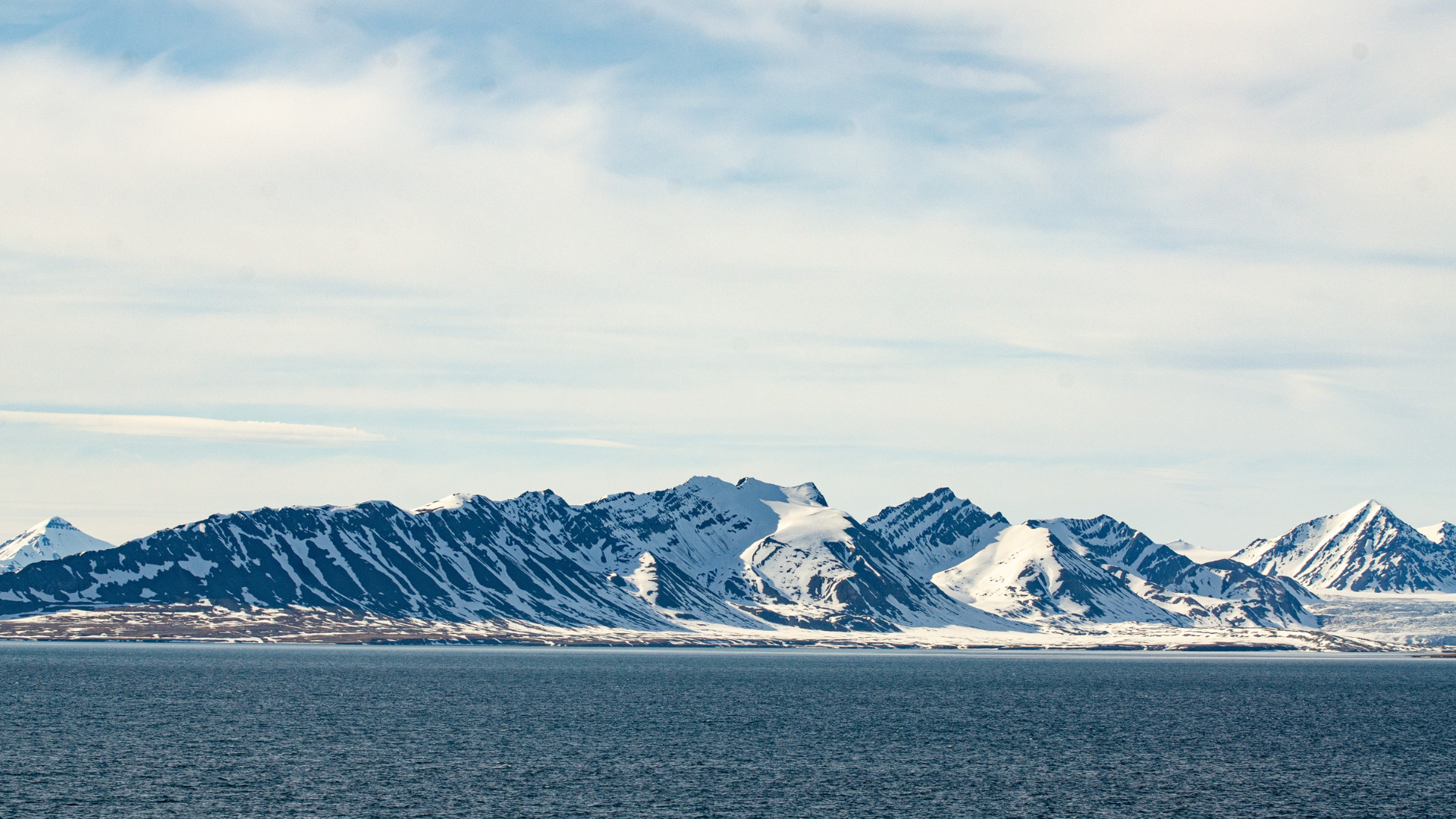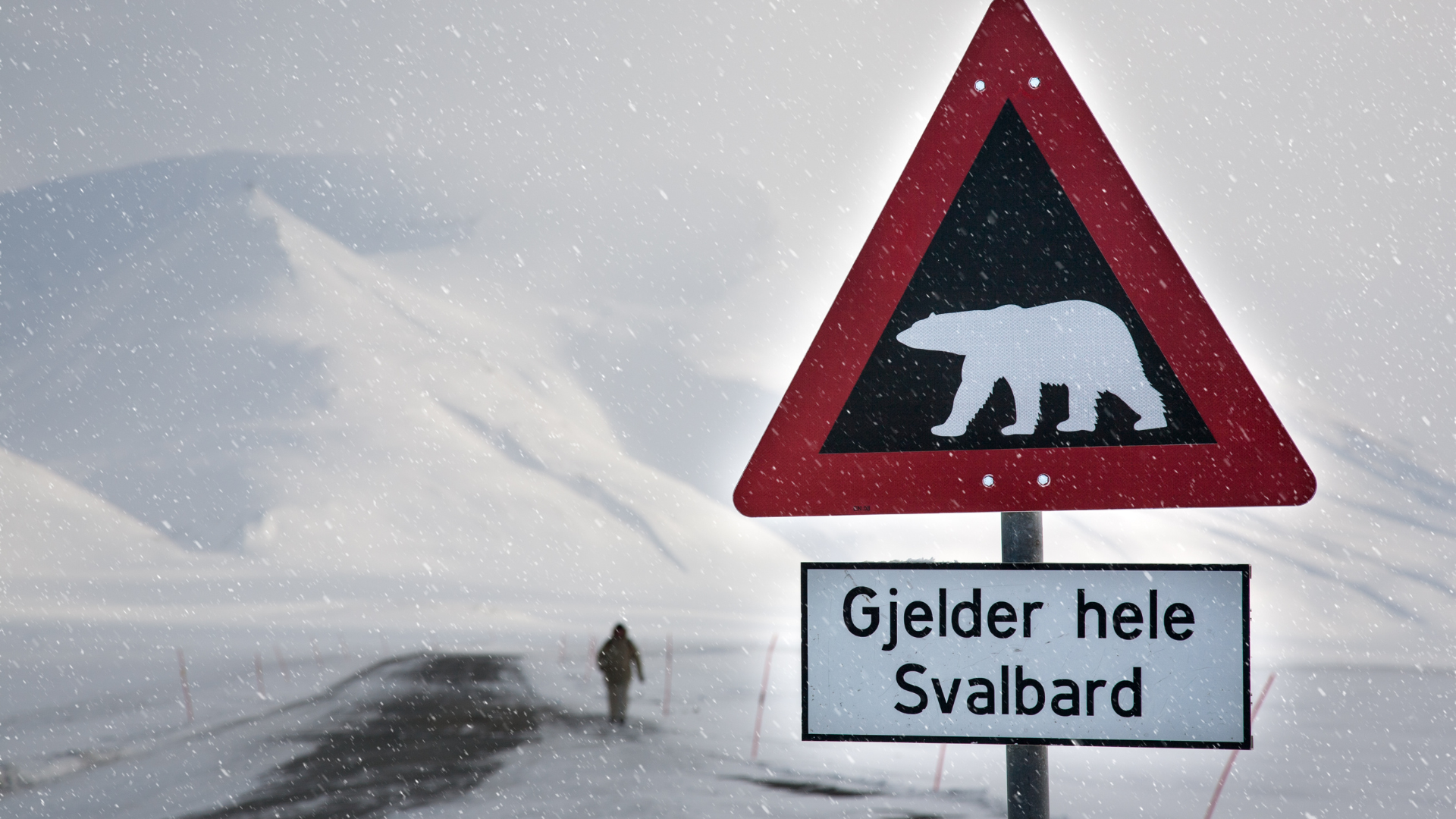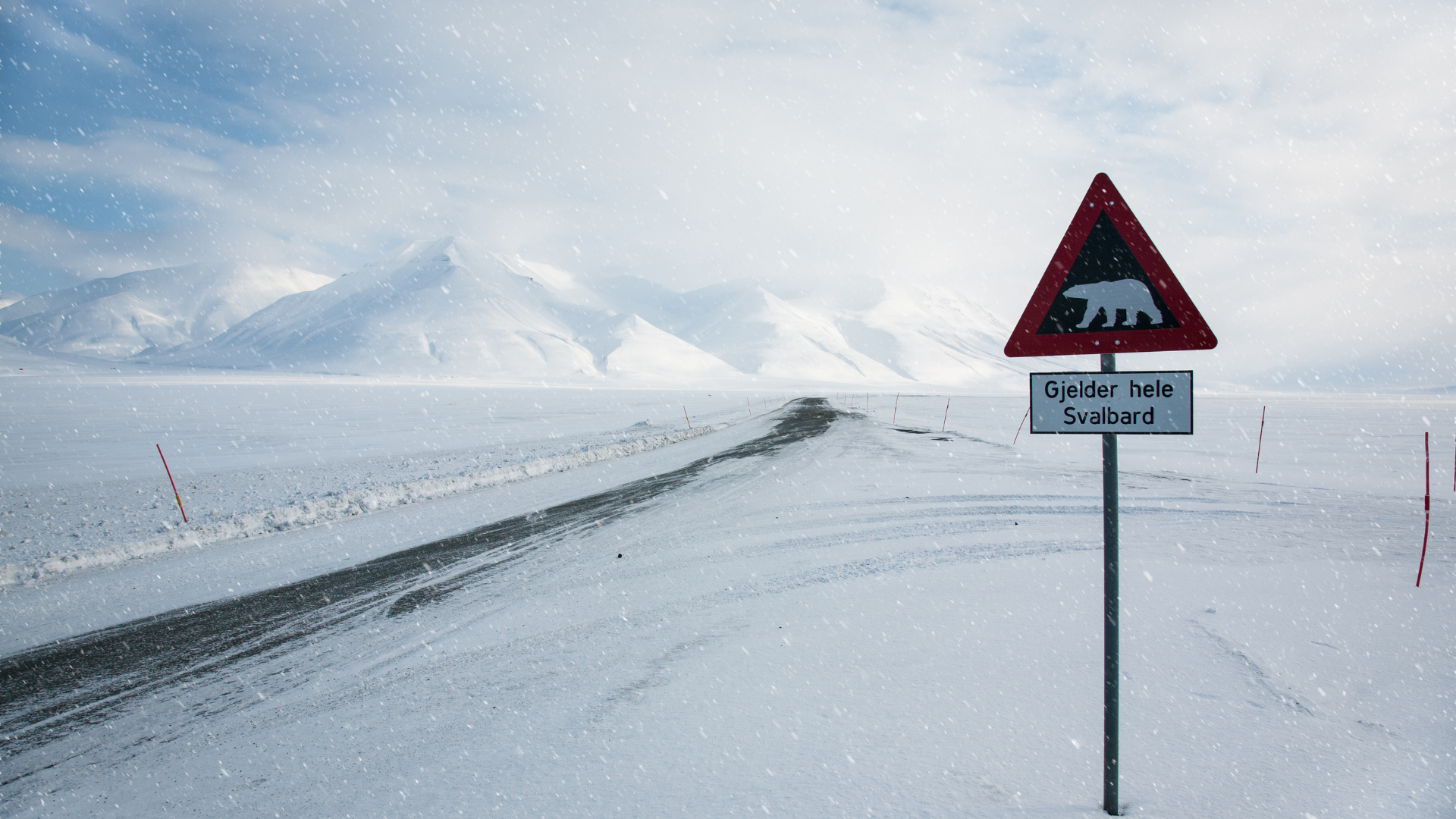Spitsbergen: Exploring the Arctic Wilderness
Nestled within the frigid embrace of the Arctic Circle lies Spitsbergen, an archipelago shrouded in mystery and wonder.
With its rugged landscapes, towering glaciers, and abundant wildlife, Spitsbergen stands as a testament to the raw power and beauty of the natural world. Among its many treasures, the crown jewel of Spitsbergen is undoubtedly its polar bears, iconic symbols of the Arctic wilderness.

A Land of Extremes
Spitsbergen, located midway between mainland Norway and the North Pole, is a land of extremes. Despite its remote location and harsh climate, the archipelago teems with life, from resilient flora clinging to rocky cliffs to elusive Arctic foxes prowling the tundra. At the heart of this untamed wilderness are the polar bears, perfectly adapted to thrive in one of the harshest environments on Earth.
The Kingdom of Polar Bears
Spitsbergen is home to one of the largest populations of polar bears in the world, with an estimated 3,000 individuals roaming its icy expanse. These majestic predators rule the Arctic landscape, their thick fur and blubber providing insulation against the biting cold. With a keen sense of smell and powerful limbs, polar bears are master hunters, capable of traversing vast distances in search of their primary prey: seals.
Challenges of Arctic Survival
Despite their remarkable adaptations, polar bears face numerous challenges in their battle for survival. Climate change, in particular, poses a significant threat to their way of life. As temperatures rise and sea ice melts at an alarming rate, polar bears are forced to travel farther distances to find food, leading to increased competition and energy expenditure. Prolonged fasting periods and declining reproductive success further jeopardize their long-term survival.
Moreover, pollution and industrial activities threaten the delicate Arctic ecosystem upon which polar bears rely. Contaminants such as persistent organic pollutants (POPs) accumulate in the food chain, posing health risks to polar bears and other Arctic wildlife. Additionally, oil and gas exploration in the region increase the likelihood of oil spills, which can have devastating consequences for polar bears and their habitat.
In recent years, the Arctic has witnessed a surge in shipping traffic, driven by the melting ice and the opening of new shipping routes. While this presents economic opportunities, it also brings increased risks of pollution and disturbance to polar bear habitats. Collisions with vessels and oil spills pose significant threats to polar bears and other marine life in the region.
Conservation Efforts
Recognizing the importance of preserving Spitsbergen's unique ecosystem, efforts have been made to protect its fragile environment and the wildlife that calls it home. The Norwegian government, in collaboration with international organizations, has implemented strict regulations to minimize human impact on the region. Protected areas have been established, and guidelines for sustainable tourism practices are in place to ensure that visitors can experience the wonders of Spitsbergen without endangering its delicate balance.
Furthermore, scientific research plays a crucial role in monitoring polar bear populations and understanding their behavior and ecology. Through satellite tracking, population surveys, and genetic studies, researchers gain valuable insights into the movements, distribution, and health of Spitsbergen's polar bears, informing conservation strategies and management decisions.
Exploring Spitsbergen
For intrepid adventurers and nature enthusiasts, Spitsbergen offers a once-in-a-lifetime opportunity to immerse oneself in the wonders of the Arctic. From guided expeditions to remote fjords and glacier hikes to wildlife safaris, there are endless opportunities to explore this pristine wilderness. Whether witnessing the ethereal beauty of the Northern Lights or encountering polar bears in their natural habitat, every moment in Spitsbergen is a breathtaking adventure.
Spitsbergen stands as a testament to the resilience of life in the Arctic and the importance of conservation efforts in preserving our planet's fragile ecosystems. As we continue to grapple with the challenges of climate change and environmental degradation, places like Spitsbergen serve as reminders of the beauty and fragility of the natural world. By working together to protect and preserve these precious wilderness areas, we can ensure that future generations can continue to marvel at the wonders of Spitsbergen for years to come.












